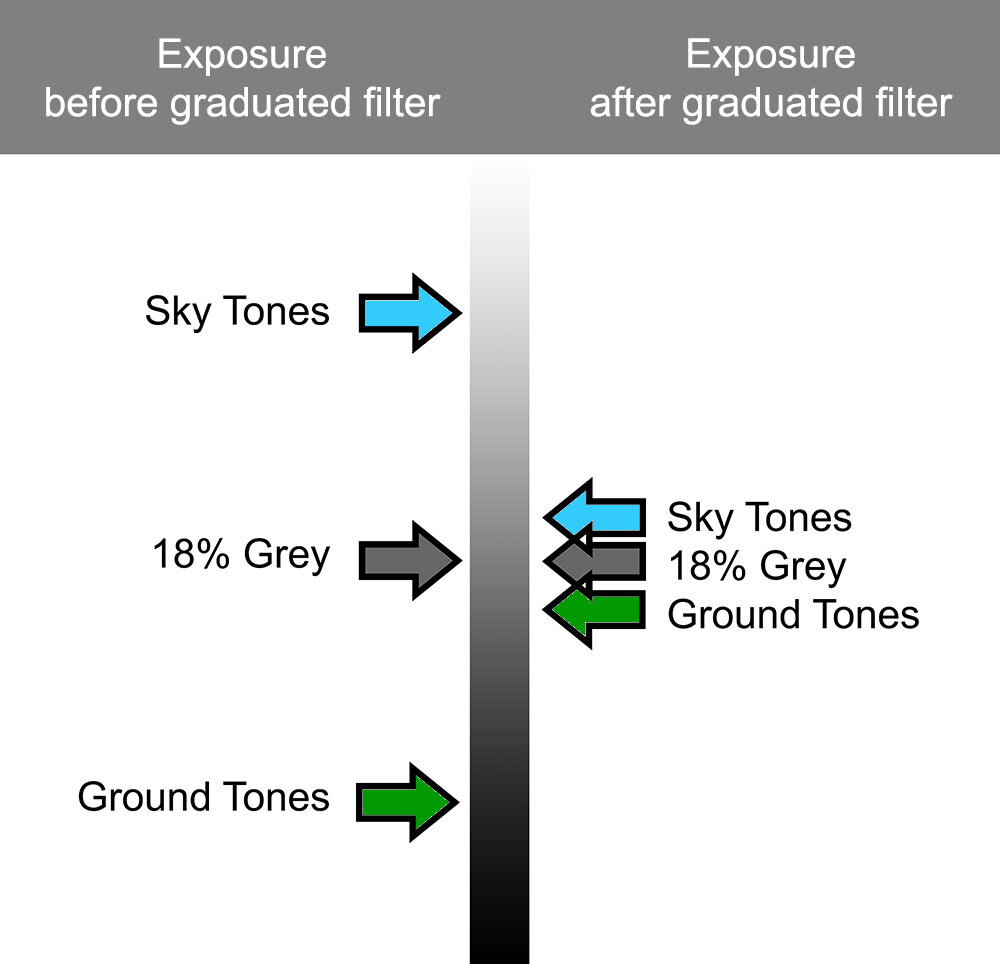When all the images from a shoot are unedited, they can appear as if there’s not much of anything there at all. That is how I felt about a set of images I made whilst in the northern region of Japan in January 2024.
At the time of shooting, and also reviewing the work on my light table, I had felt there was no apparent theme. They felt as though they were half-ideas, things that had not worked.
I had decided to shelve them and perhaps I would never return to them.
The skill required in turning what may appear to be nothing more than random visual thoughts into something that has continuity and hopefully a consistent stylistic message cannot be overstated.
I find the hardest part of working on a new set of images is the getting started phase. I’m aware that I could start on the wrong foot, take the wrong approach. It’s much easier when there is something in the collection of raw images that I am drawn to. That can offer a way in.
What grabbed me about the images I shot in Aomori, were the murals. Three images shot very quickly inside a monastery, turned out to be my way in. They were what I found appealing to work on and were a joy to play with and notice where they went.
I had also visited a snowy lake. I found that by adding in these more regular winter lake shots provided an extra dimension to the collection that I had not expected to work. I often feel that portfolios tend to grow in terms of personality as we add more images to the set.
About six images in, I was now looking for a further three to make the set up to nine. I prefer small portfolios of uneven number. They lay out well in columns of three while also being more concise by their small number. They suit my minimalistic approach and I think they help make the message much cleaner.
The six edited were now instructing me as to which sort of images to choose to add to the set. It makes it a lot easier to find complimentary images if the set is already feeling cohesive.
I have often thought that when an idea is good, things tend to flow. When things are ‘right’, things come together quickly. Songwriters of very famous songs have often said ‘the song seemed to write itself’, and I think that when we are working with good ideas and good material, then things tend to come together more easily.
But if it were as simple as that, then we’d all be creating great work. The magic is in the mystery of the creative process, and I think part of the ingredient for my set of nine images was timing.
The images had been sitting on my table for more than six months. I had no intention of working on them any time soon. But somehow, today seemed to be their day.
They were waiting for me, and somehow, I was ready.





























